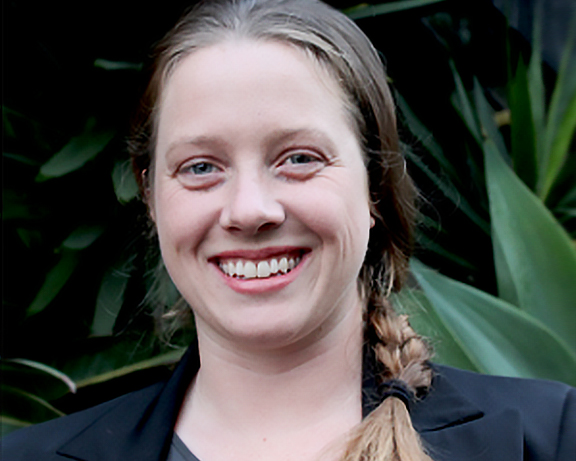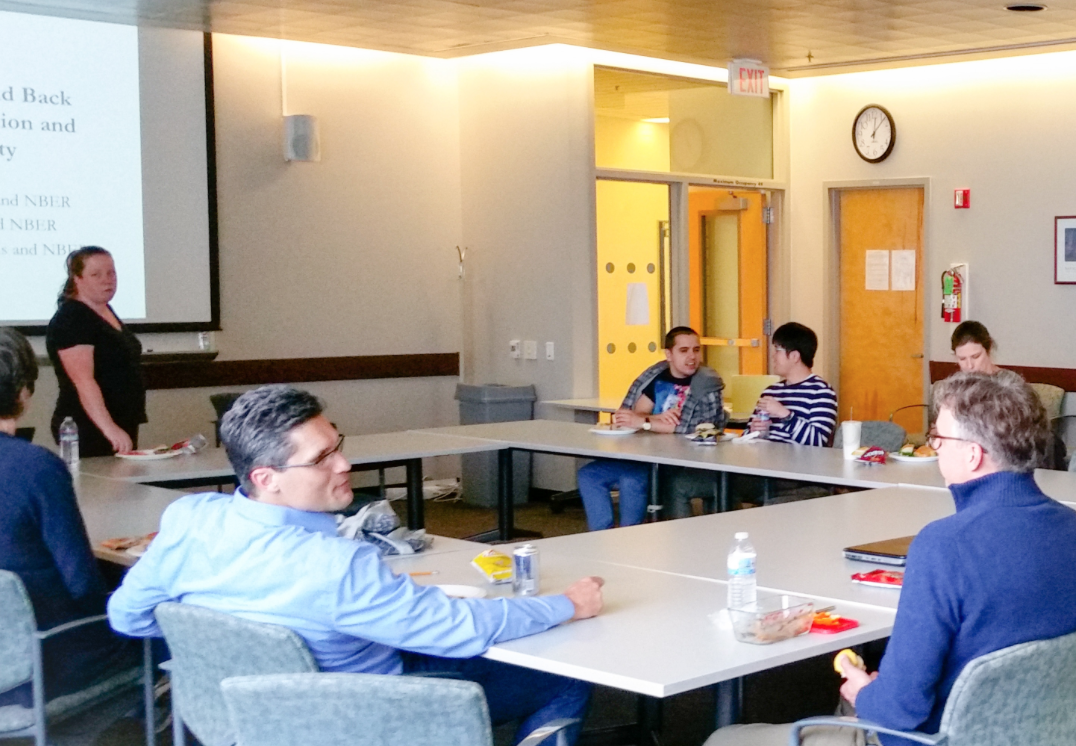Katherine Eriksson
- Associate Professor
Abstract:
Over seven million European migrants who moved to the United States during the Age of Mass Migration (1850-1913) returned to their home country. We use a special supplement of the 1910 Norwegian Census to provide one of the first quantitative looks at this temporary flow. Before their move, return migrants held lower-paid occupations than either permanent migrants or non-movers; they continued to earn less than permanent migrants while abroad. Yet, return migrants out-earned non-movers after spending time in the US and were more likely to farm and to own land. These patterns are consistent with temporary migration as a saving strategy for the borrowing-constrained.

Katherine Eriksson is an economic historian who received her Ph.D. in Economics from UCLA in 2013. One strand of her research has focused on the immigrants during what is known as the "age of mass migration" in the US between 1850 and 1930. Looking at this time period, a time with no restrictions on who was allowed to come, she is able to answer "who came?" and "how did migrants assimilate in the US?". By studying the performance of past immigrants, we can learn something about immigration today. A second strand of research concerns the origins of black-white disparities in education, health, and incarceration, looking at the first half of the twentieth century U.S.

